CGI (Cognitively Guided Instruction)
In 2017-2018, with the support of the UCLA Mathematics Project, Walgrove embarked on the first of a multiple year implementation of the CGI approach to mathematics instruction. The focus of CGI is supporting the development of a child’s mathematical reasoning, and the ability to work with numbers and mathematical concepts with flexibility, which leads to greater success in higher levels of mathematics in the future.
What Characterizes a CGI Classroom?
Teachers pose a variety of problems; problem solving is the focus of instruction.
CGI does not involve a particular class configuration, does not use a pre-specified set of problems in a given sequence to teach the curriculum; and teachers who use CGI are not limited to specific resources. One teacher might read a children’s book to provide context for the story problems. Another could refer to a recent field trip to a city park. A third might use a textbook as a teaching resource.
Many problem-solving strategies are used to solve problems.
Children are provided with multiple opportunities to decide how to solve problems. Teachers who use CGI usually tell the children to solve the problems any way they can. They also encourage students to use any tools they want, in a way that makes sense to them and that they can explain or show.
Children communicate with their teachers and peers how they solved the problems.
Perhaps the most striking feature of CGI is that these teachers have a sense of ownership of this knowledge of children’s thinking. It empowers them to make decisions, often on the spot. They know when to push, when to hold back, and how to make a problem easier or harder. They know how to support children to make sense of problems in their own ways. They know when to use a story problem and when not to. They know what problems to give next to support a child’s learning. They know how to listen.
Teachers understand children’s problem-solving strategies and use that knowledge to plan instruction.
CGI teachers use their knowledge of problem types and solution strategies to make decisions about their curriculum. This knowledge helps them determine what each child understands and then decide how to help the child extend their understanding.


